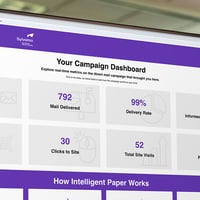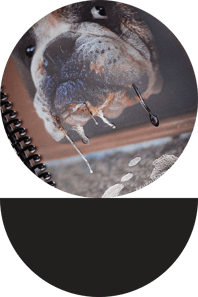Digital Dish: May 2021
Every Digital Dish features stories, tips, or tricks from digital experts. This month, Jeff Hernandez, Vice President at Classic Color, shares how Classic uses their print technology to get the best results, no matter the substrate.
PRINT TECHNOLOGY IS CONSTANTLY IMPROVING
Classic Color continually updates their presses because, Hernandez says, making the best possible product relies on the technology you use. Classic was originally a pre-press company serving primarily agencies, and it was their clients who pressured them to get into print. They started off with two half-size presses, and within 6 months had upgraded to 40-inch presses. Since then, they’ve explored a range of print technologies, including toner, offset, Indigo, inkjet, digital and UV printing.
“Presses have gone from manual to fully automated. From the beginning, we’ve been on a quest to try every technology and figure out how to make it the best.”
HOW TO GET STUNNING RESULTS ON UNCOATED STOCK
Hernandez has found that printing fully interdeck UV makes a big difference on uncoated stock. “Designers love uncoated stock,” he says, “but it can sometimes look faded. With this UV technology, the color stays on top of the sheet. We adapted our pre-press work to meet our technology and went from 6 to 8 colors. You can make an uncoated sheet pop no differently than a coated sheet with the extended color gamut.” And though many designers request uncoated stock, Hernandez is proud to say there isn’t a substrate he can’t work with. “We give designers the ability to do whatever they want, without a dos and don’ts book. You don’t stifle the creative.”
WORTH DOING IT IF IT'S DONE RIGHT
Hernandez’s advice to those looking to use print as part of a multi-channel marketing strategy: “I don’t think anything engages better than print, but if you’re going to do it, do it right. Otherwise, put it on the Internet.” By “right,” he means creating print pieces that stand out. “When people take your print piece out of their mailbox, you have one second to make a statement. If you use subpar paper, it’s going to hit the can. But if you have a bright color or it’s scented or has a tactile feel to it — if you use embellishment to take a good job and make it great — people are going to pay attention. Print makes things happen.”
SYLVAMO'S DIGITAL PORTFOLIO ONLINE







